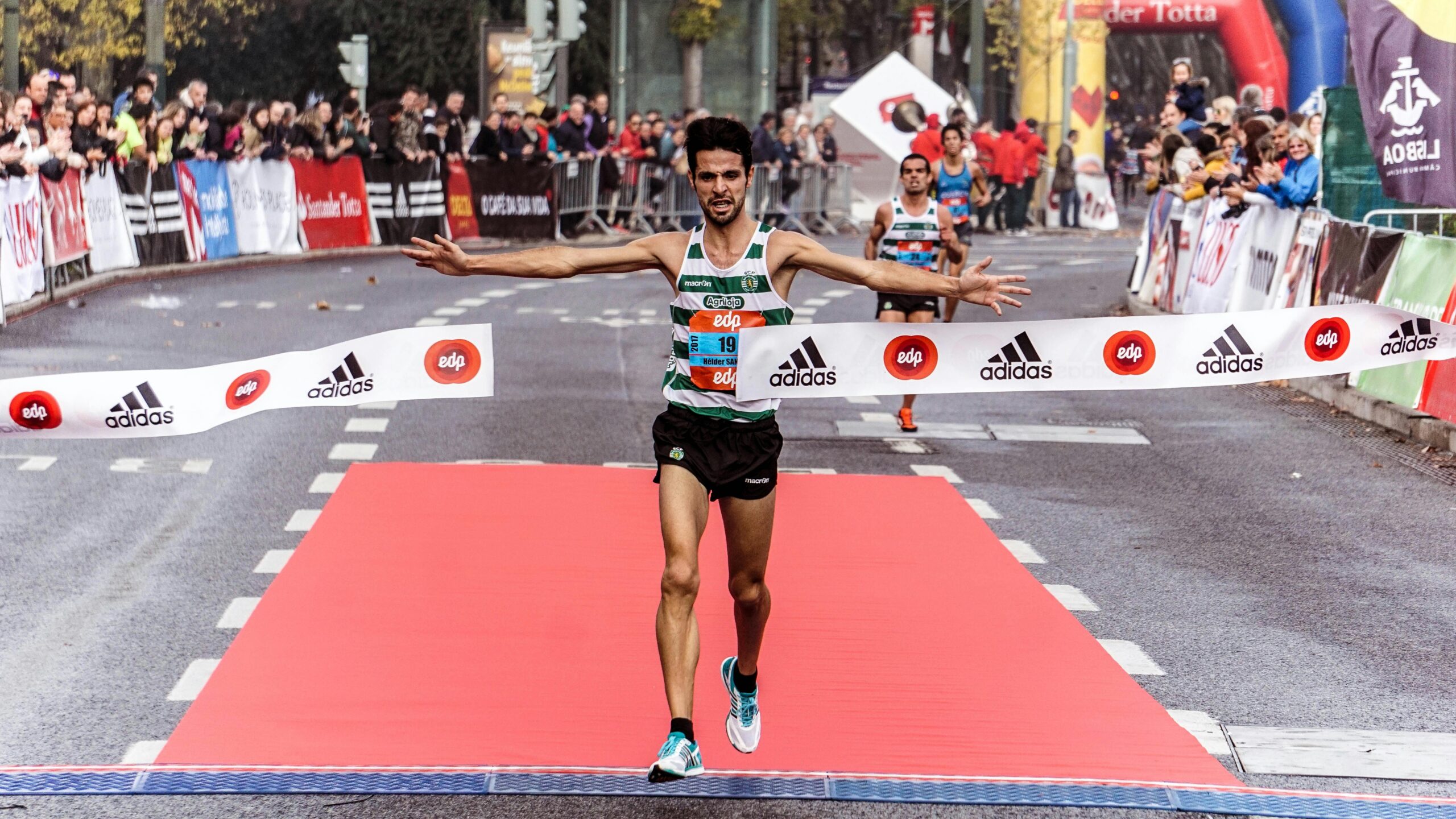The marathon is a long-distance running event with a standard distance that every enthusiast or potential participant should know. So, how many miles is a marathon? The straightforward answer is that a marathon is 26.2 miles long. But the story behind this specific distance is fascinating and rooted in history. Let’s explore the details and significance of the marathon distance.
The Origin of the Marathon
The marathon’s origin dates back to ancient Greece, specifically to the legend of Pheidippides, a Greek messenger. According to the legend, Pheidippides ran from the battlefield of Marathon to Athens, a distance of about 25 miles, to bring news of the Greek victory over the Persians. Upon delivering the message, he collapsed and died from exhaustion.
The Modern Marathon Distance
While the legend inspired the marathon race, the modern distance of 26.2 miles (or 42.195 kilometers) was established much later. The first modern Olympic marathon, held in Athens in 1896, was approximately 24.85 miles (40 kilometers). However, during the 1908 London Olympics, the race distance was extended to 26.2 miles to accommodate the British royal family. The race started at Windsor Castle and ended in front of the royal box at the Olympic Stadium, setting the distance we use today.
Training for a Marathon
Preparing for a marathon requires dedication, planning, and understanding the demands of running such a long distance. Here are some key points for effective marathon training:
- Build a Base Mileage: Start by running shorter distances and gradually increase your weekly mileage. A common recommendation is to increase your total weekly mileage by no more than 10% per week to avoid injury.
- Long Runs: Incorporate long runs into your training schedule once a week. These runs help build endurance and simulate the marathon experience. Gradually increase the length of your long runs, peaking at around 18-20 miles.
- Speed Work: Include interval training and tempo runs to improve your speed and cardiovascular efficiency. This helps you maintain a faster pace during the marathon.
- Rest and Recovery: Allow time for your body to rest and recover. Overtraining can lead to injuries and burnout. Include rest days and lighter training weeks to give your body a chance to heal and adapt.
- Nutrition and Hydration: Fuel your body with a balanced diet rich in carbohydrates, proteins, and healthy fats. Stay hydrated, especially during long runs, to maintain performance and recovery.
Examples of Marathon Races
Marathons are held worldwide, each offering unique experiences and challenges. Some of the most famous marathons include:
- Boston Marathon: The oldest annual marathon, known for its challenging course and qualifying standards.
- New York City Marathon: One of the largest marathons, with a scenic route through all five boroughs of NYC.
- London Marathon: Known for its enthusiastic crowd support and scenic views of London’s landmarks.
- Berlin Marathon: Famous for its flat course, where many world records have been set.
Marathon Culture and Community
Running a marathon is more than just a race; it’s a celebration of endurance, perseverance, and community. Many runners participate to raise money for charities, honor loved ones, or achieve personal milestones. The sense of accomplishment and camaraderie among marathoners is unmatched, creating a vibrant and supportive community.
Conclusion
A marathon is an iconic long-distance race measuring 26.2 miles, steeped in historical significance and modern-day challenges. Whether you’re an experienced runner or a beginner, understanding the distance and committing to a structured training plan are crucial for success. The journey to the finish line is demanding but incredibly rewarding, offering a profound sense of achievement and connection with fellow runners.
For more information on marathon training, history, and upcoming races, numerous resources and running communities online provide comprehensive guides and support (Glimpse) (PageTraffic).

